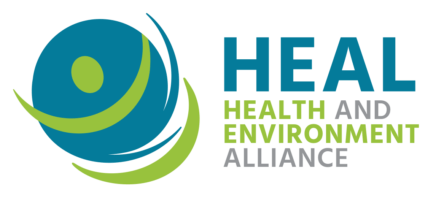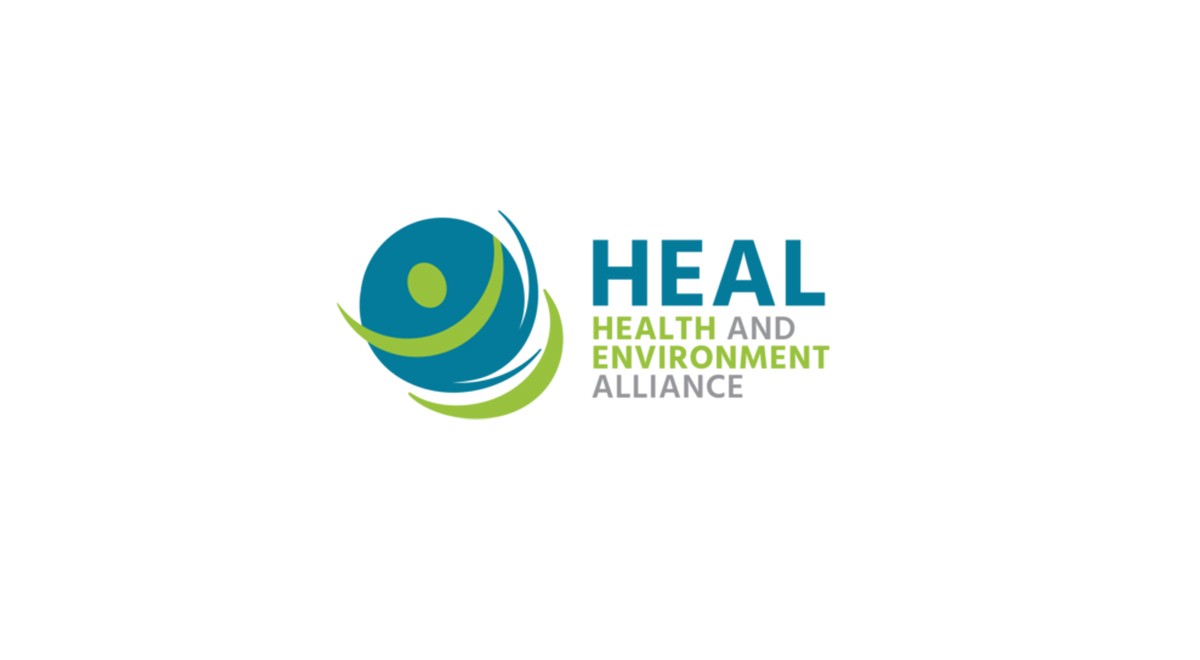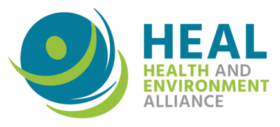To raise awareness of the impacts of PFAS on human health, HEAL is organising a series of three webinars in October 2024, each focusing on a different health impact of PFAS. The first webinar on 10 October focuses on impacts on the immune system. The subsequent webinars will focus on cancer and the impacts of exposure in early life and pregnancy.
During the summer of 2020, worrying developments concerning the preparation of the European Chemicals Strategy for Sustainability were revealed. Leaks about internal dissensions within the European Commission suggested interferences from the Department General for Internal Market (DG Grow) on proposals from the Department General for Environment (DG Environment – which is mandated to lead on the development of the strategy), whereby economic interests were highlighted at the behest of preventive actions on chemicals and public health [1].
As an important European Commission meeting was due to take place on 1st October to iron out some of the last contentious aspects of the strategy under development, several media outlets across Europe today reported further frictions. This time, reports suggested that DG Health – in charge of health protection – is effectively questioning progressive proposals from DG Environment, which would benefit health protection such as the extension of the hazard-based approach in chemicals management [2].
Natacha Cingotti, Senior Policy Officer for Health and Chemicals at the Health and Environment Alliance (HEAL), reacted: “We are concerned to learn that proposals that would benefit health protection and disease prevention appear to be resisted from the very department in charge of health protection in the European Commission.
The scientific evidence of the negative impacts of our daily exposure to mixtures of harmful chemicals for our health and that of future generations is indisputable and keeps piling. If Europe is serious about the Zero Pollution ambition in the context of the Chemicals Strategy, the only way forward is to go much faster to prevent the release of chemicals before exposure occurs; and doing so means increasingly regulate based on information about substances’ properties and their potential to do harm. This is particularly important for substances such as endocrine disruptors, because of potential health effects at low doses, non-monotonic dose responses and potential transgenerational effects.”
Over the last few weeks, important public health stakeholders – such as the European Cancer Leagues and the Endocrine Society – have actively called on the European Commission to adopt a protective approach in developing the strategy. They particularly stressed the importance of a hazard-based approach in order to address the health challenges of substances of high concern such as endocrine disruptors [3].
On 30th September, 10 countries issued a last minute plea to the European Commission for an ambitious strategy, echoing demands and concerns repeated on many occasions by the health community [4]:
“With the Green Deal, the European Commission has committed to carbon neutrality and a zero pollution ambition for a toxic-free environment. To achieve this, we call on the Commission to develop an ambitious long-term chemicals strategy that will protect present and future generations from harm caused by hazardous chemicals and enable a sustainable toxic-free circular economy.
It is high time we put an end to the common misconception that the protection of health and the environment hinders innovation and a competitive economy. Considering that a global health crisis caused the largest global recession in decades, then surely the path to sustainable prosperity, innovation and competitiveness requires a green transition to a toxic-free circular economy for a healthy planet and healthy people.”
According to HEAL, if well-crafted, the chemicals strategy has the potential to send a game-changing signal to chemicals policies and related investments in the next 10 to 20 years. A successful Chemicals Strategy must aim at minimising production, emission and use of chemicals that are harmful to environment and health and allow transitioning to 100% non-toxic material cycles by 2030 so as to effectively prevent diseases and protect health [5].
HEAL and its members remind the European Commission that the Chemicals Strategy for Sustainability is a once-in-a-decade opportunity for people’s health and Europe’s economy. We call on President Van der Leyen and Vice-President Timmermans to have the courage to seize this opportunity to change business as usual and gear up regulations towards higher protection and incentives for safer innovation.
An online petition launched by WeMove.EU, HEAL and the European Environment Bureau (EEB), asking Vice President Timmermans to stand for a health and environment protective approach in the last negotiations of the strategy, has already collected more than 100,000 signatures.




